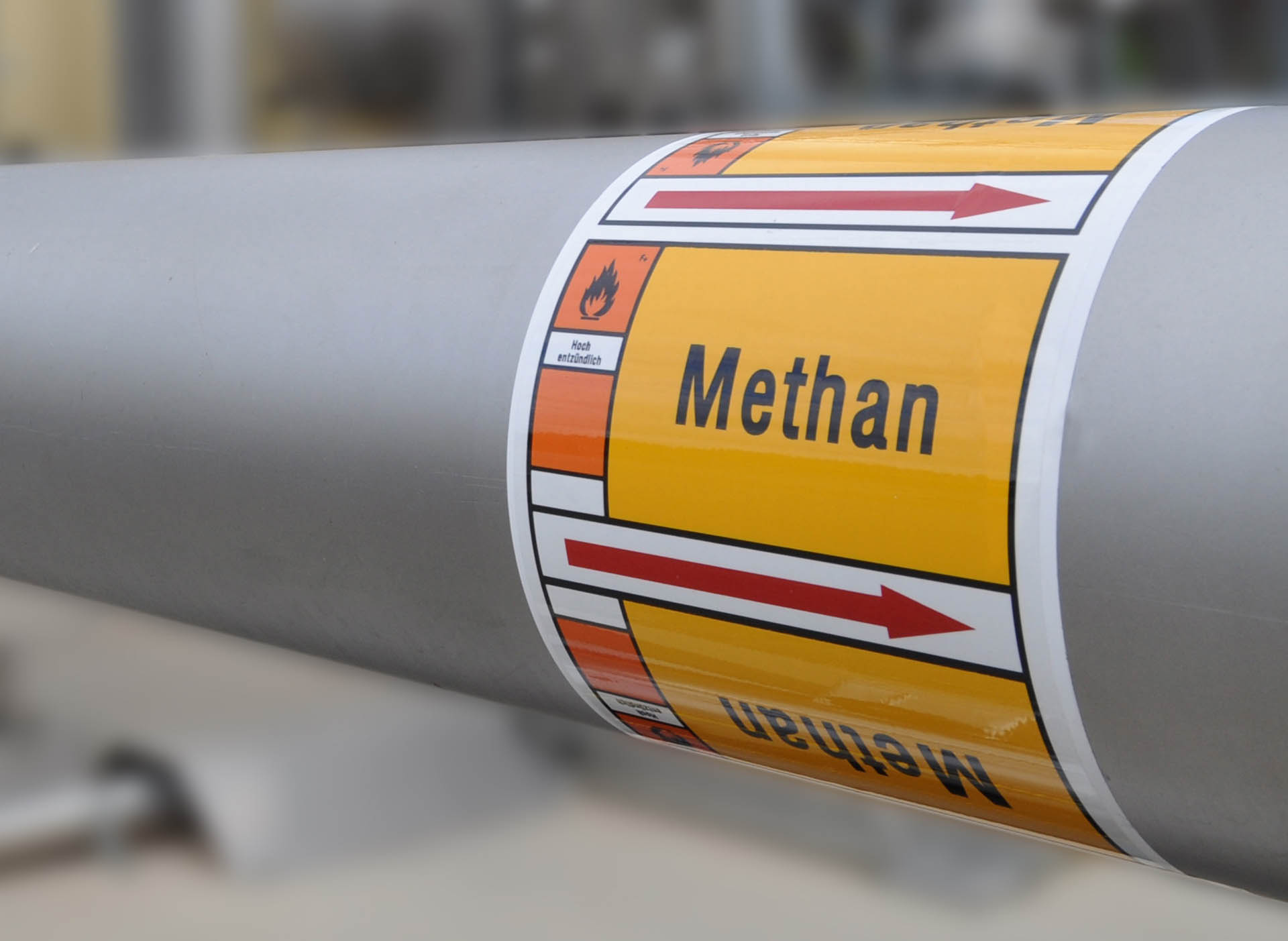
BiON® Process Successfully Used for the First Time to Methanise Synthetic Gas from High-Temperature Pyrolysis
The successful commissioning of a demonstration plant shows that the innovative biological methanation process from Kanadevia Inova is also suitable for processing the hydrogen and carbon dioxide produced by pyrolysis.
Goldenstedt, Germany: A group of prestigious project partners – New Power Pack, Forschungszentrum Jülich research centre, Fraunhofer UMSICHT, the transmission system operator OGE and Kanadevia Inova Schmack, a German subsidiary of the Swiss company Kanadevia Inova – has developed and successfully commissioned a demonstration plant for the production of biomethane from biogenic residues. The facility, built as part of the BiRG (BioReststoffGas) research project and funded by the German Federal Ministry for Economic Affairs and Climate Action, is a promising solution for the utilisation of biogenic residues. Biological methanation using the BiON® process, which converts hydrogen and carbon dioxide from pyrolysis or synthesis gas into synthetic methane, plays a key role in the solution.
Lighthouse Project on a Pilot Scale
The demonstration plant processes biogenic residues and produces synthesis gas by means of pyrolysis, a downstream purification unit and a water gas shift reactor. Part of this synthetic gas is converted into biomethane using the BiON® process, developed and successfully brought to market maturity by Kanadevia Inova Schmack. The company is now opening up a new field of application by integrating the BiON® process into the Goldenstedt plant. “It’s the first time that the biological process has been used to directly methanise pyrolysis and synthetic gas. The combination of pyrolysis and biological methanation is a promising alternative for the utilisation of previously unused biogenic residues that will help strengthen the local energy supply,” says Kanadevia Inova Schmack Managing Director Manuel Götz. The biological process is robust and scalable as well as being highly tolerant to impurities such as hydrogen sulphide and ammonia in the pyrolysis gas. In the future it will be possible to feed the synthetic methane obtained from the conversion of biogenic residues, after further treatment, into the existing long-distance gas grid, helping assure a sustainable supply of energy.